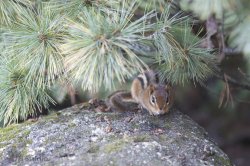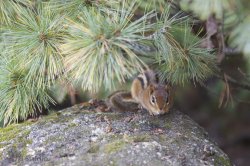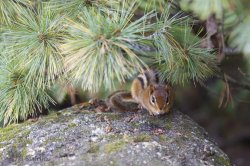I'm still trying to get a handle on how I want to do things in terms of workflow. I'm new to all this, so thought I'd learn a thing or two from hearing how others approach theirs.
I realize this is a fully subjective issue, and that no 2 workflows are likely to be the same. But I'm hoping to learn a thing or two by reading what you all have to say.
I find that I don't have all that much patience so far, when it comes to post-processing. I usually have multiple shots of the same subject or scene (trying different exposures and combinations) and tend to want to weed through them quickly once I get in front of the computer, to maybe focus on the one or two that I deem the best. But I'm not entirely sure how to proceed from there on. I tend to play with the different WB settings first (daylight, cloudy, etc) and then...well, I see a lot of talk about adjusting tone curves and contrast and sharpness and all that...But short of very minor tweaks that seem obvious right off the bat (usually adding a bit more saturation to dull looking color), I get a bit discouraged stabbing randomly at most of those settings and end up leaving most untouched.
Curious to hear how you all proceed once you've got a print selected for 'keeps'. Is there a method to the madness?
I realize this is a fully subjective issue, and that no 2 workflows are likely to be the same. But I'm hoping to learn a thing or two by reading what you all have to say.
I find that I don't have all that much patience so far, when it comes to post-processing. I usually have multiple shots of the same subject or scene (trying different exposures and combinations) and tend to want to weed through them quickly once I get in front of the computer, to maybe focus on the one or two that I deem the best. But I'm not entirely sure how to proceed from there on. I tend to play with the different WB settings first (daylight, cloudy, etc) and then...well, I see a lot of talk about adjusting tone curves and contrast and sharpness and all that...But short of very minor tweaks that seem obvious right off the bat (usually adding a bit more saturation to dull looking color), I get a bit discouraged stabbing randomly at most of those settings and end up leaving most untouched.
Curious to hear how you all proceed once you've got a print selected for 'keeps'. Is there a method to the madness?






